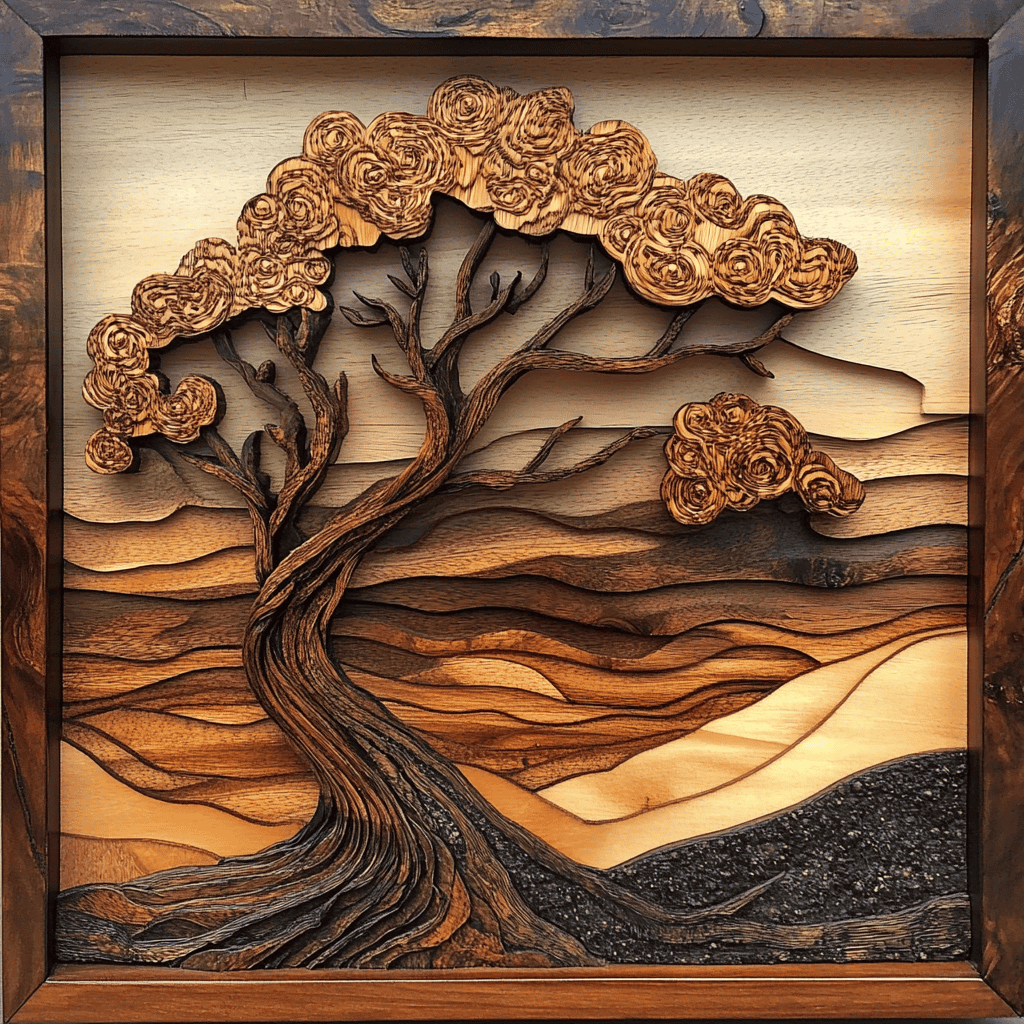The Evolution and Techniques of Modern Film Editing
From the single continuous shots of early cinema to today’s intricate, digitally enhanced sequences, film editing has come a long way. It’s a craft that has evolved profoundly, transforming how we experience stories on the big screen. This article will take you through the fascinating journey of film editing, exploring the roles of editors and assistant editors, and uncovering the modern techniques and tools that continue to revolutionize this essential aspect of filmmaking.
In the early days of cinema, films were essentially a recorded theatrical performance consisting of one long, continuous shot. Directors soon realized that they could create more engaging and dynamic stories by cutting and splicing together various shots. Fast forward to today, and editing is acknowledged as a cornerstone of narrative filmmaking. Techniques have evolved from simply cutting celluloid to complex digital editing processes, allowing filmmakers to manipulate time, space, and emotion in unprecedented ways.
The primary role of a film editor is to organize cuts and sequence footage to construct a coherent story. This process involves selecting the best takes, rearranging scenes for optimal impact, and ensuring the narrative flows smoothly. Editors use various techniques, such as match cuts, jump cuts, and montages, to enhance the storytelling. Their work is so integral that it’s often said the film’s final draft is written in the editing room.
Assistant editors (AEs) are the unsung heroes who pave the way for editors to perform their magic. AEs take on vital tasks, such as sorting and labeling footage, syncing sound, organizing assets, and sourcing licensed music. This foundational work ensures that the editor has a well-organized and accessible collection of materials to work from. Once the footage is organized, AEs create a ‘selects’ list, identifying the best parts of each clip for the editor to use in the assembly edit.

